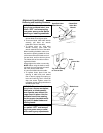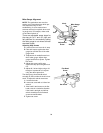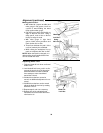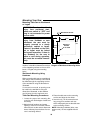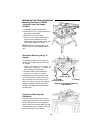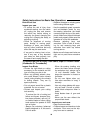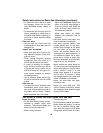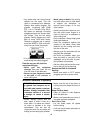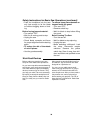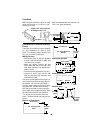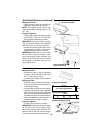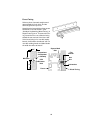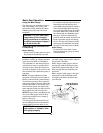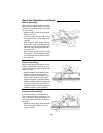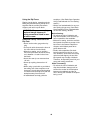
38
Safety Instructions for Basic Saw Operations (continued)
• Feed the workpiece into the saw
only fast enough to let the blade
cut without bogging down or bind-
ing.
Before freeing jammed material.
• Turn switch “OFF”.
• Wait for all moving parts to stop.
• Unplug the saw.
• Check blade, spreader and fence
for proper alignment before starting
again.
• To reduce the risk of throwback
of cut off pieces.
• Use the guard assembly.
To remove loose pieces beneath or
trapped inside the guard.
• Turn saw “OFF”.
• Remove switch key.
• Wait for blade to stop before lifting
the guard.
Before Leaving The Saw.
• Turn the saw off.
• Wait for blade to stop spinning.
• Unplug the saw.
• Make workshop child-proof. Lock
the shop. Disconnect master
switches. Remove the yellow
switch key. Store it away from chil-
dren and others not qualified to use
the tool.
Work Feed Devices
Before cutting any wood on your saw,
study all of the “Basic Saw Operations”.
As you learn new table saw woodworking
techniques, you’ll see that many types of
cuts need different support and feeding
devices, known as jigs or fixtures. They
can help you make cuts more accurately.
By helping to steady the workpiece and
keep you away from the blade, they can
help you safely use your saw for certain
cuts.
Many people custom build their own jigs
and fixtures. Jigs and fixtures are often
designed for a particular cut.
You can use your table saw to easily
make many jigs and fixtures. To get you
started, we’ve included instructions for
some simple ones. After you have made a
few practice cuts, make up these jigs
before starting any projects. The use of
these devices is explained in “Basic Saw
Operations” section.



